In the arrangement shown in the Fig, the ends P and Q of an unstretchable string move downwards with uniform speed U. Pulleys A and B are fixed.
Mass M moves upwards with a speed
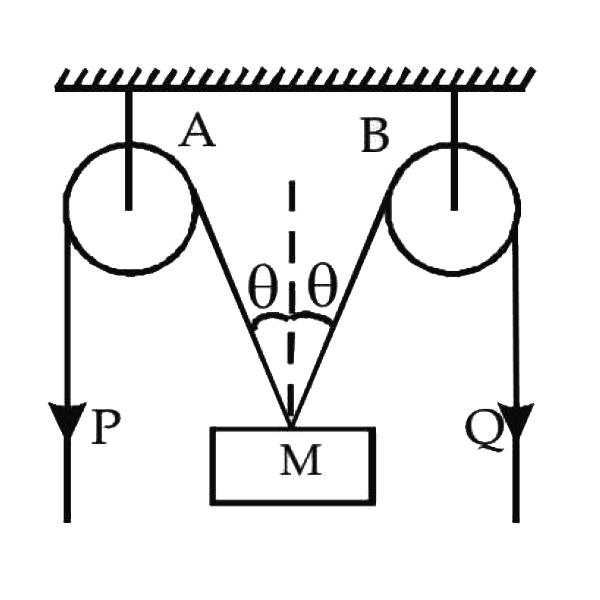
2Ucosθ
U/cosθ
2U/cosθ
Ucosθ
The correct Answer is:B
This is a problem based on constraint motion. The motion of mass M is constraint with the motion of P and Q. Let AN=x, NO=z. Then velocity of mass is dzdt. Also, let OA=l. then dldt=U
From ΔANO, using pythagorus theorem
∴ x2+z2=l2
Here x is a constant.
Differentiating the above equation w.r.t to t
0+2zdzdt=2ldldt⇒zvM=lU
⇒vM=lzU=Uz/l=Ucosθ (∵cosθ=zl)

Topper's Solved these Questions
- HEAT AND THERMODYNAMICSBOOK - SUNIL BATRA (41 YEARS IITJEE PHYSICS)CHAPTER - HEAT AND THERMODYNAMICSEXERCISE - JEE Main And Advanced
219 Videos
- MECHANICAL PROPERTIES OF MATTER AND FLUIDSBOOK - SUNIL BATRA (41 YEARS IITJEE PHYSICS)CHAPTER - MECHANICAL PROPERTIES OF MATTER AND FLUIDSEXERCISE - Subjective Problems
1 Videos
Similar Questions
In the arrangement shown in fig neglect the masses of pulleys and string and also friction Calculate acceleration of blocks A and B
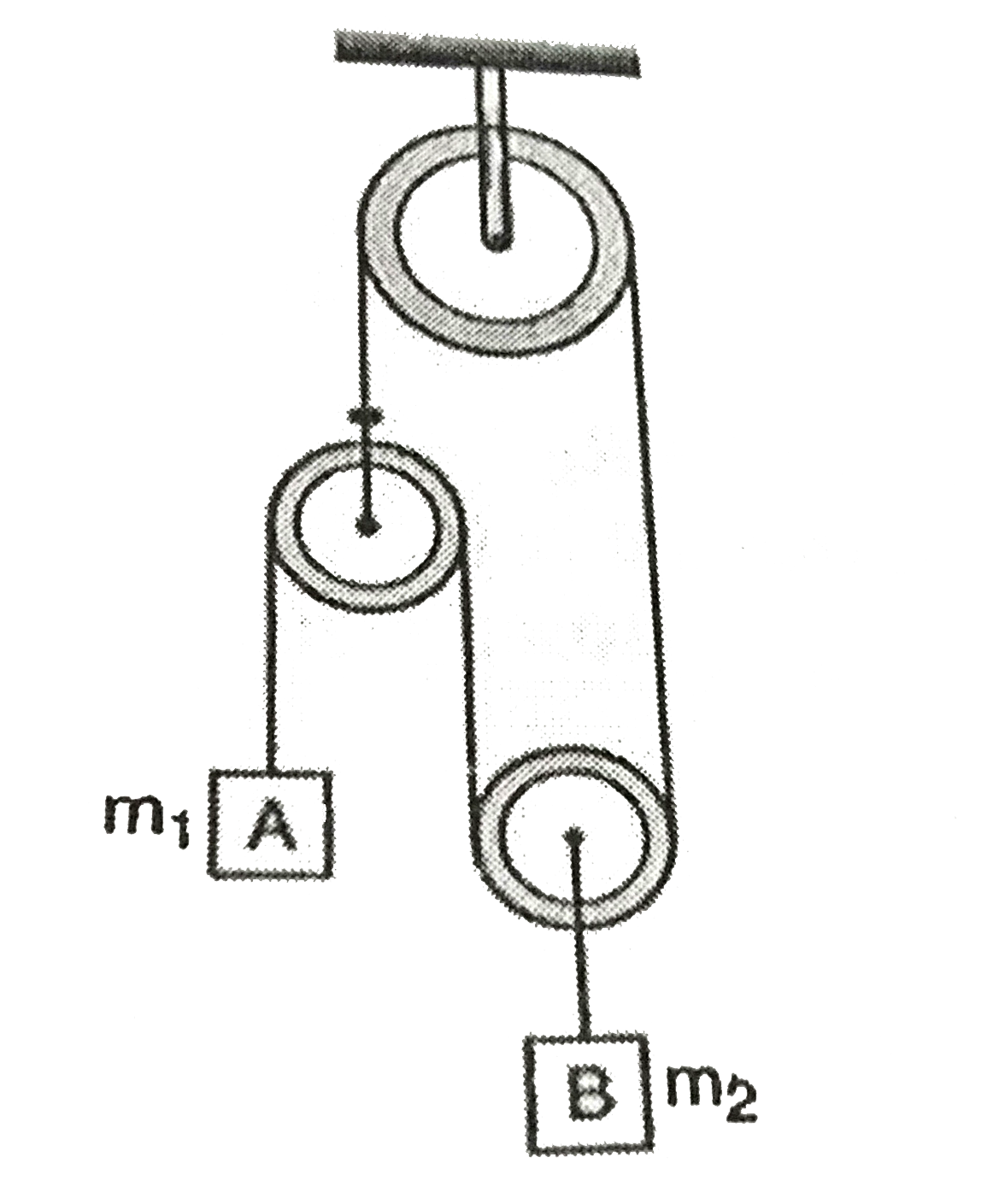
View SolutionConsider the arrangement shown in the figure. Find the acceleration of the block
(a) A monkey moves upward with respect to the rope with acceleration a0
(b) A monkey moves downward with respect to the rope with acceleration a0
Assume the surface smooth, pulley and string light.
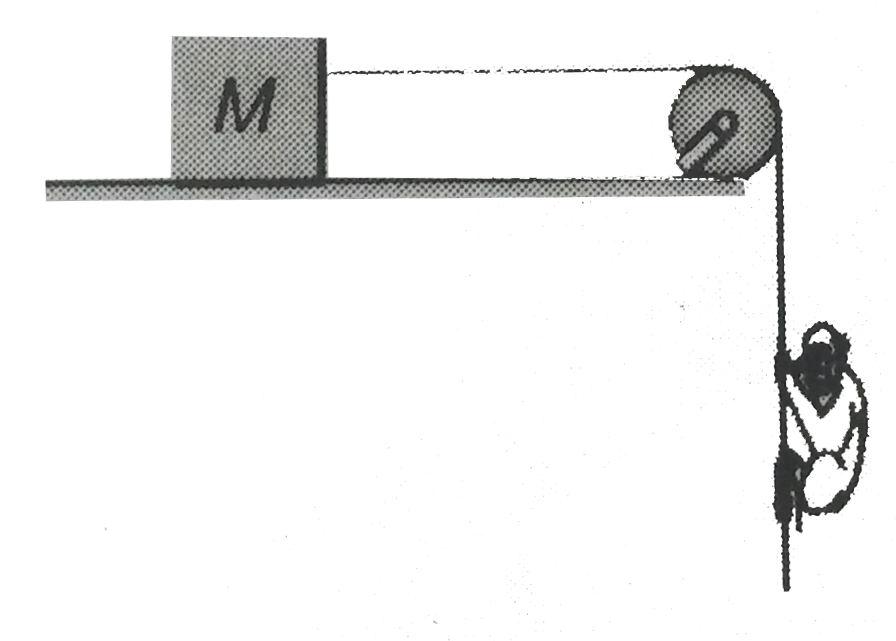
View Solution
Knowledge Check
In the arrangement shown in Fig the ends P and Qof an unstrechable string move downwards with uniform speed U pulley A and B are fixed Mass M moves upward with a speed
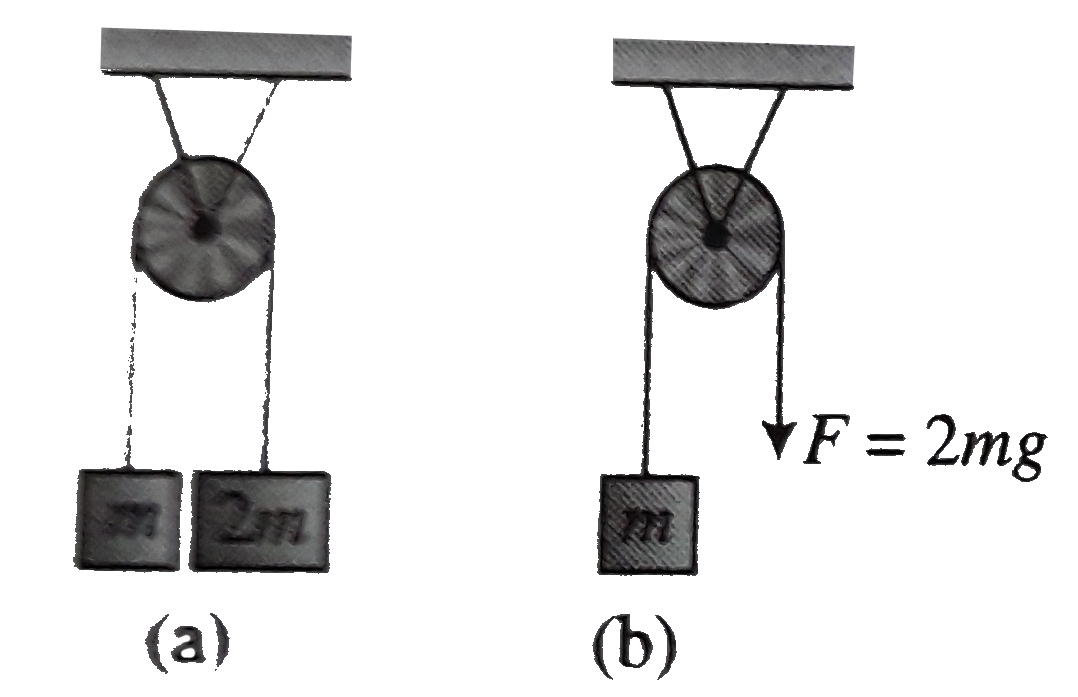 A2UcosθBU/cosθC2U/cosθDUcosθ
A2UcosθBU/cosθC2U/cosθDUcosθIn the arrangement shown in figure the ends P and Q of an inextensible string move downwards with uniform speed u. Pulleys A and B are fixed. The mass M moves upwards with a speed
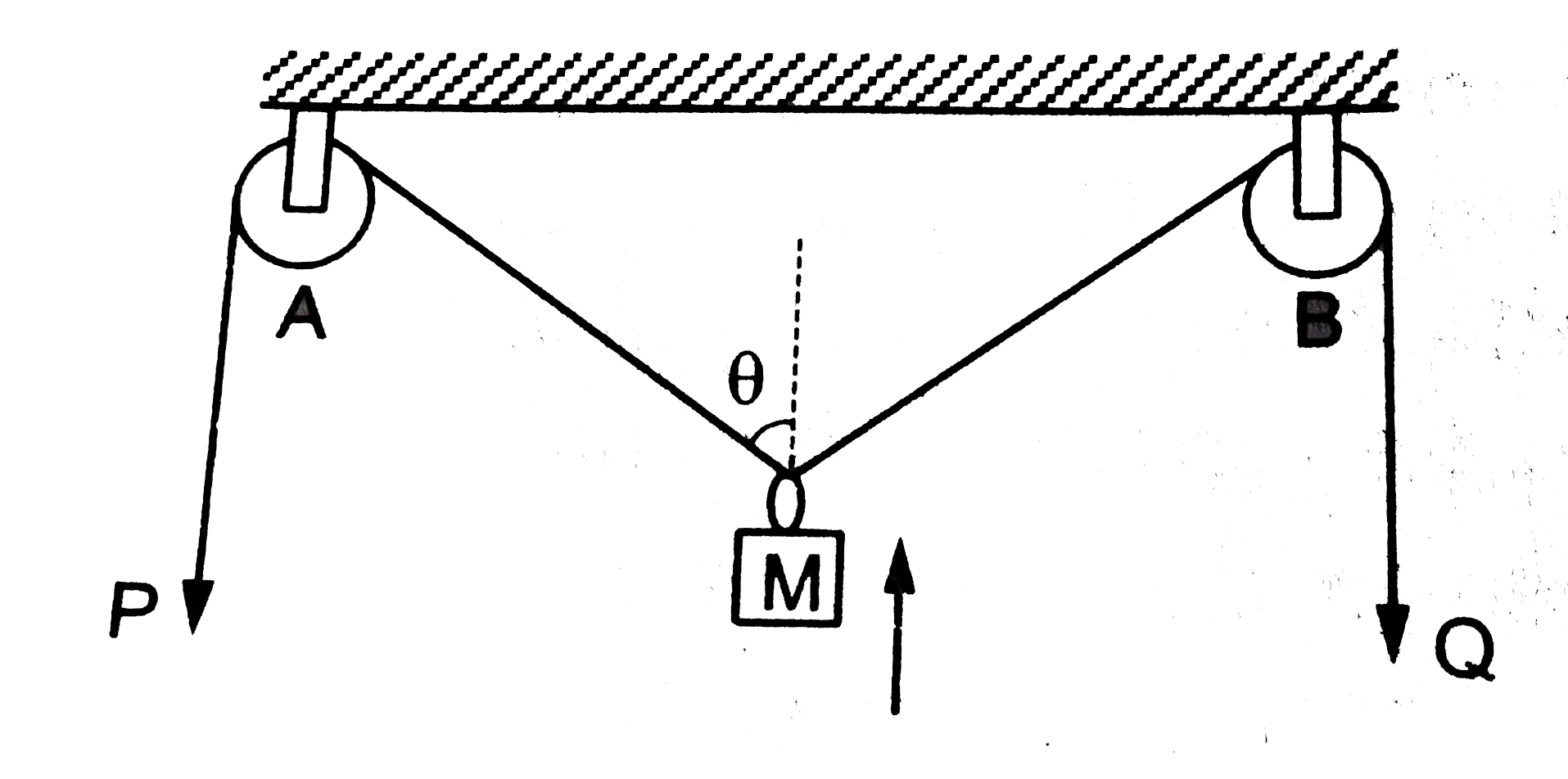 A2ucosθBucosθC2ucosθDucosθ
A2ucosθBucosθC2ucosθDucosθIn the arrangement shown in figure, the ends P and Q of an inextensible string move downwards with uniform speed u. Pulleys A and B are fixed. The mass m moves upwards with a speed
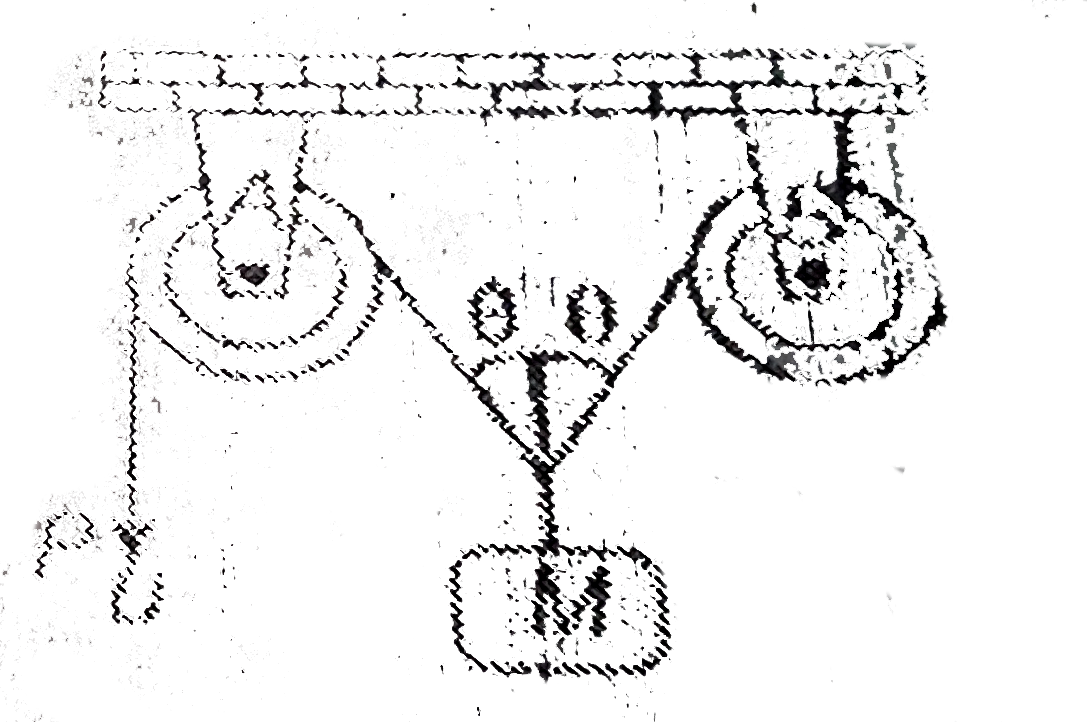 A2ucosθBucosθC2ucosθDucosθ
A2ucosθBucosθC2ucosθDucosθ
A weight W is tied to two strings passing over tha frictionless pulleys A and B as shown in the figure. If weights P and Q move downwards with speed v, the weight W at any instant rises with the speed :
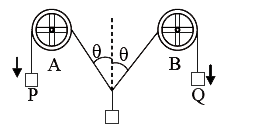
View SolutionIn the arrangement shown in the fig, block A is pulled so that it moves horizontally along the line AX with constant velocity u. Block B moves along the incline. Find the time taken by B to reach the pulley P if u=1m/s. The string is inextensible.
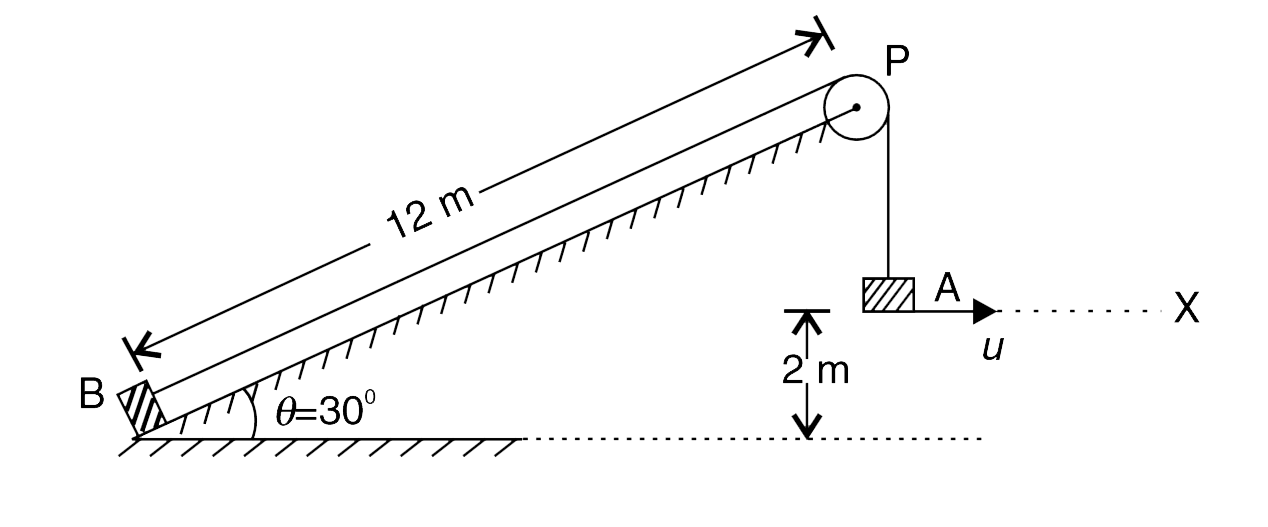
View Solution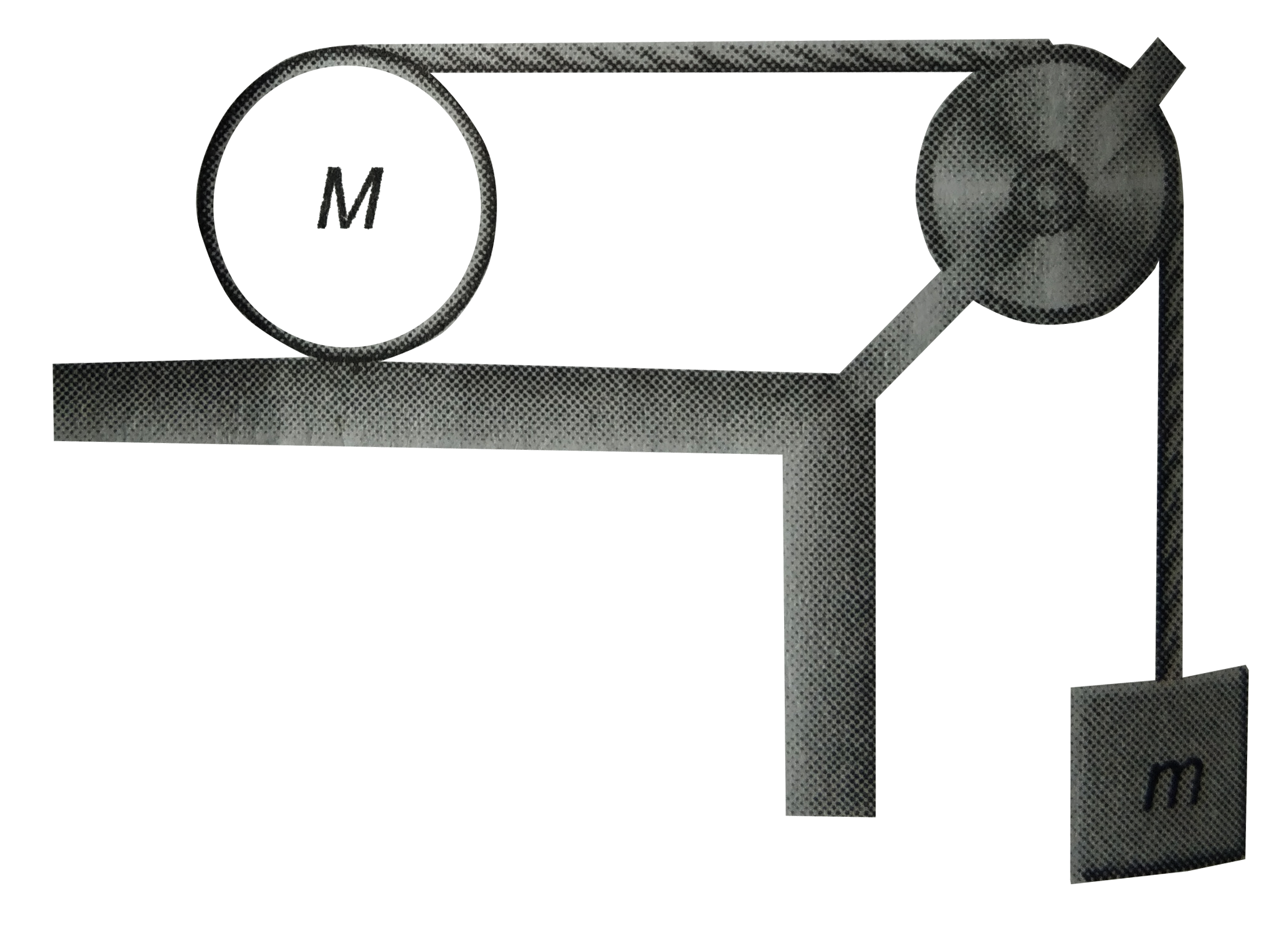
Consider the arrangement shown in figure. The string is wrapped around a uniform cylinder which rolls without slipping. The other end of the string is passed over a masslessm frictionless pulley to a falling weight, determine the acceleration of the falling mass m in terms of only the mass of the cylinder M, the mass m and g
View SolutionIf block A of the pulley system is moving downward with a speed of 1m/s while block C moving up at 0.5m/s determine the speed of block B
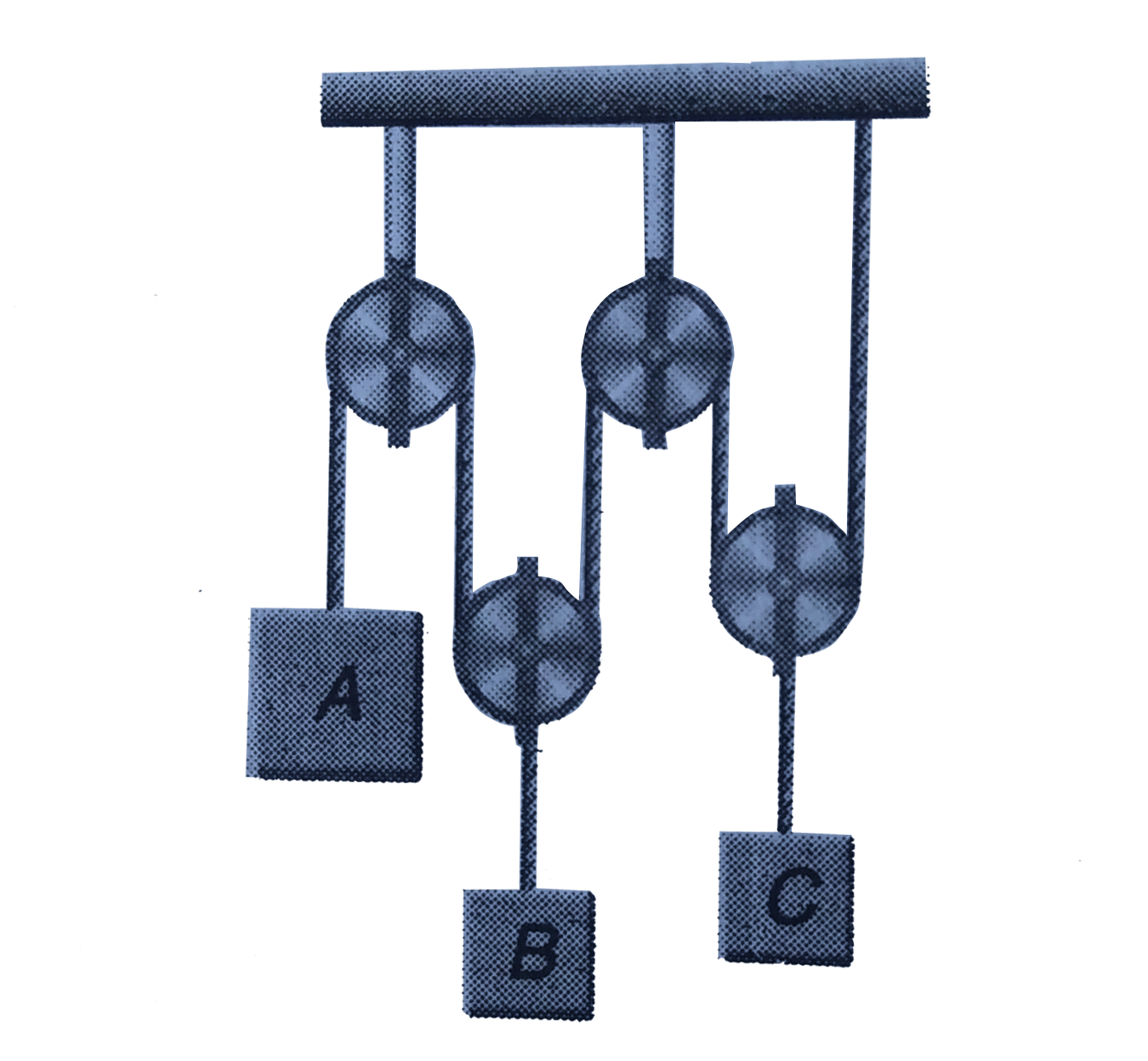
View Solution
In the figure, the blocks are of equal mass. The pulley is fixed. In the position shown, A moves down with a speed u, and vB= the speed of B.
View Solution
